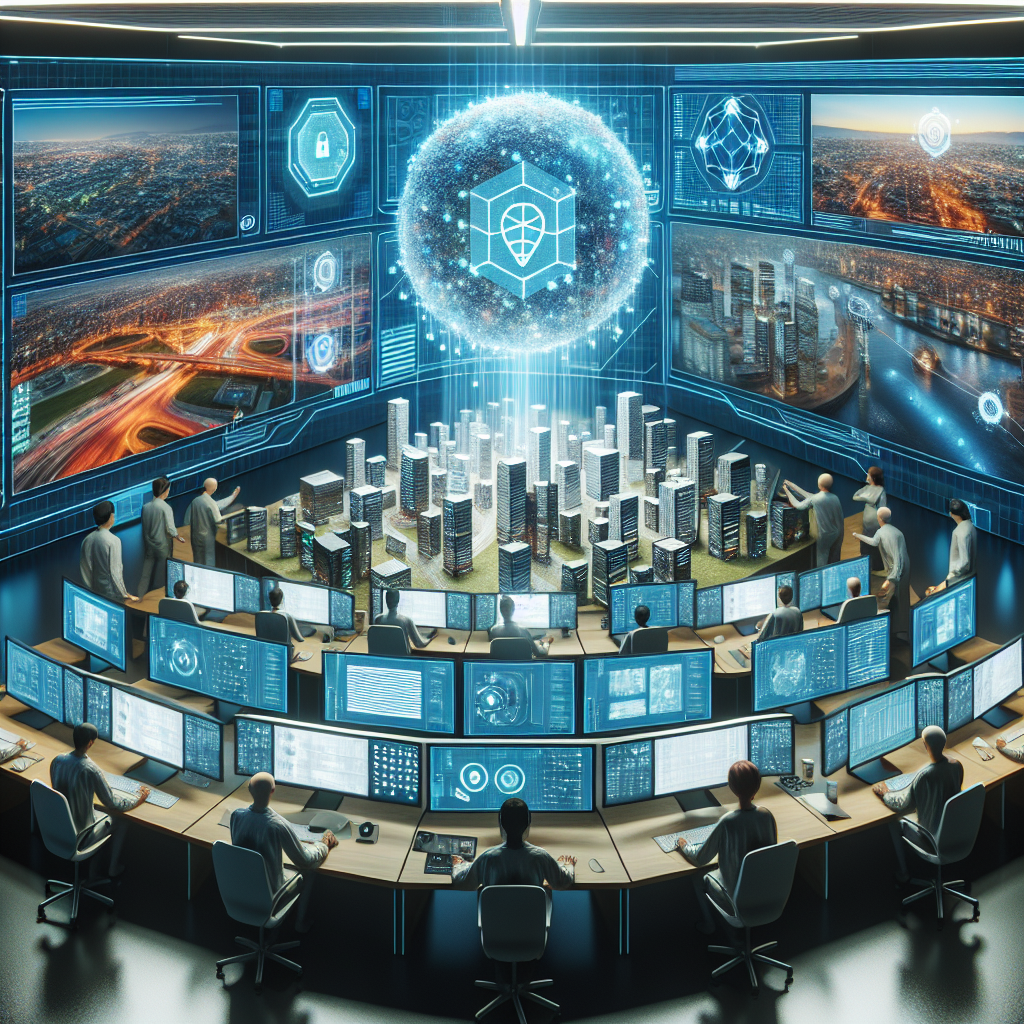AI Integration: A Key to Improving Public Safety
In recent years, artificial intelligence (AI) has been making significant strides in various industries, including public safety. AI integration in public safety has the potential to revolutionize the way emergencies are handled, crime is prevented, and overall community safety is improved. From predictive policing to emergency response optimization, AI technologies are playing a crucial role in enhancing public safety efforts.
AI Integration in Public Safety
AI integration in public safety involves the use of machine learning algorithms, predictive analytics, and other AI technologies to analyze vast amounts of data and make informed decisions in real-time. These technologies can help law enforcement agencies, emergency responders, and other public safety organizations to better understand and respond to threats, emergencies, and crises.
One of the key areas where AI integration is making a significant impact in public safety is predictive policing. Predictive policing uses AI algorithms to analyze historical crime data, identify patterns, and predict where crimes are likely to occur in the future. By using AI-powered predictive analytics, law enforcement agencies can allocate resources more effectively, target high-risk areas, and prevent crimes before they happen.
Another important application of AI integration in public safety is emergency response optimization. AI technologies can help emergency responders to quickly assess a situation, prioritize resources, and make critical decisions in high-pressure situations. For example, AI-powered drones can be used to survey disaster areas, identify survivors, and deliver supplies to those in need.
AI integration is also being used to improve traffic management and public safety. AI-powered traffic management systems can analyze real-time traffic data, predict congestion, and optimize traffic flow to reduce accidents and improve overall road safety. Furthermore, AI technologies can be used to monitor surveillance cameras, detect suspicious behavior, and alert authorities to potential security threats.
Benefits of AI Integration in Public Safety
There are several benefits of AI integration in public safety, including:
1. Improved Response Times: AI technologies can help emergency responders to quickly assess a situation, prioritize resources, and make informed decisions in real-time. This can lead to faster response times and better outcomes for those in need.
2. Enhanced Predictive Capabilities: AI-powered predictive analytics can help law enforcement agencies to identify patterns, predict where crimes are likely to occur, and prevent crimes before they happen. This can help to reduce crime rates and improve overall community safety.
3. Resource Optimization: By using AI algorithms to analyze data and identify trends, public safety organizations can allocate resources more effectively and target high-risk areas. This can lead to cost savings and improved efficiency in public safety operations.
4. Increased Situational Awareness: AI technologies can help to monitor surveillance cameras, detect suspicious behavior, and alert authorities to potential security threats. This can enhance situational awareness and improve overall security in public spaces.
5. Data-driven Decision Making: AI integration in public safety enables organizations to make data-driven decisions based on real-time insights and analysis. This can help to improve decision-making processes and enhance overall operational efficiency.
FAQs
Q: How is AI integration improving emergency response times?
A: AI technologies can help emergency responders to quickly assess a situation, prioritize resources, and make informed decisions in real-time. This can lead to faster response times and better outcomes for those in need.
Q: How can AI-powered predictive analytics help prevent crimes?
A: AI-powered predictive analytics can analyze historical crime data, identify patterns, and predict where crimes are likely to occur in the future. This can help law enforcement agencies to allocate resources more effectively, target high-risk areas, and prevent crimes before they happen.
Q: What are some examples of AI integration in public safety?
A: Some examples of AI integration in public safety include predictive policing, emergency response optimization, traffic management, and surveillance monitoring. These technologies are being used to enhance public safety efforts and improve overall community safety.
Q: How can AI technologies help improve traffic management?
A: AI-powered traffic management systems can analyze real-time traffic data, predict congestion, and optimize traffic flow to reduce accidents and improve overall road safety. This can help to enhance traffic management efforts and improve overall public safety on the roads.
Q: What are the key benefits of AI integration in public safety?
A: Some key benefits of AI integration in public safety include improved response times, enhanced predictive capabilities, resource optimization, increased situational awareness, and data-driven decision making. These benefits can help to enhance public safety efforts and improve overall community safety.
In conclusion, AI integration is a key to improving public safety. By leveraging AI technologies such as predictive policing, emergency response optimization, and traffic management, public safety organizations can enhance their capabilities, improve response times, and prevent crimes before they happen. With the potential to revolutionize the way emergencies are handled and communities are kept safe, AI integration in public safety is a powerful tool for enhancing public safety efforts.

